Satellite Search in Gaia DR3 astrometry
- 1Grupo de Dinâmica Orbital e Planetologia, UNESP – São Paulo State University, CEP 12516-410, Guaratinguetá, SP, Brazil
- 2Université Côte d’Azur, Observatoire de la Côte d’Azur, CNRS, Laboratoire Lagrange, Bd de l’Observatoire, CS 34229, 06304 Nice Cedex 4, France
- 3Harvard-Smithsonian Center for Astrophysics, 60 Garden St., MS 15, Cambridge, MA 02138, USA
(385186) 1994 AW1 was the first known asteroid with a satellite, discovered in 1994 using photometric lightcurve [1], the most successful technique used for this purpose. After that, more than 450 asteroids with satellites were discovered in the Solar System [2], almost 80% of them with orbits up to Jupiter, using many other observation techniques such as radar, and direct imaging from the ground and space. Recently in 2021, it was the first time that a stellar occultation provided the discovery of a companion asteroid by two independent events [3]. But still, a whole range of separation and size ratios is out of reach, where asteroids are too faint for high-resolution imaging, too far for radar, or do not provide a good signature in photometry. In that range, the use of highly accurate astrometry could be promising. In binary star research, companions are revealed by astrometry when the motion of a star around the common barycentre is measured (wobbling). The same approach becomes possible for asteroids, for the first time thanks to Gaia astrometry. As predicted way before the launch of the Gaia satellite[4], the high accuracy astrometric data could be used to find binary asteroids currently out of reach of detection. The Gaia mission provided to the scientific community astrometric solutions at an unprecedented precision [5]. Data Release 3 (DR3) provides new data for more than 150.000 asteroids, 10 times more than in Gaia DR2. Hence, using a large number of bodies in DR3 data with even better precision than in previous releases, we aim to search for astrometric asteroid binaries. Our approach starts by averaging the residuals to orbital fits over each transit in the focal plane. We select the asteroids with at least 10 values of residuals that are consecutive in time or anyway spanning a limited time range. This selection results in a sample of a bit more than 30000 objects. Then, using a Generalized Lomb-Scargle periodogram (see [6] and references therein), we run a period search on every sequence in order to find a signal that would represent the period and amplitude of the system's wobbling. The result is a map of the frequency power that indicates the goodness of data fitting. Since this technique always finds periodic fluctuations that could be spurious because of residual noise, we perform some statistical tests to determine the probability of fake detection and the relevance of the signal found. The first procedure is to run 10000 Monte Carlo simulations on white noise using the same time-sampling as the real data. The resulting p-value shows us how likely it is to obtain a peak as large as the largest peak found in the data if there was only noise in the data. The bodies that have a p-value smaller than 5% pass through the second calibration test. Again we perform 2000 MC simulations while adding white noise to the real data and checking how it affects the distribution of frequencies obtained from the GLS periodogram. If at least 10% of the distribution lies around the best frequency found for the real data, then we select this body. This procedure tells us the quality and confidence of the signal found, i.e., how easy it is to detect and how much we can trust that there is a signal in the data. After the period search and statistical relevance tests, we obtain over 3300 candidates as possible binary asteroids. The last step is to check if the wobbling found is physically consistent. Hence we calculate the estimated range of density, separation and mass ratio for the binary candidates. We consider 7 g/cm3 as a maximum threshold for an acceptable maximum density. In the end, we obtained almost 250 asteroid binary candidates that survived the 3-stage selection. We still can't guarantee that the periods found with such favourable conditions are caused by a companion satellite, but we show that there are some interesting pieces of evidence to support such a hypothesis. Further verification is required, both by statistical methods and observations, to validate our findings.
References
[1] Pravec, P. & Hahn, G. 1997, Icarus, 127, 431
[2] Johnston, Wm. Robert. "Asteroids with Satellites Database" May 16, 2022. Johnston's Archive
[3] Gault D., Nosworthy P., Nolthenius R., Bender K., Herald D., 2022, MPBu, 49, 3
[4] Tanga, P., Hestroffer, D., Delbò, M., et al. 2008, Planetary and Space Science, 56, 1812
[5] Gaia Collaboration, Spoto, F., Tanga, P., et al. 2018b, Astronomy and Astrophysics, 616, A13
[6] VanderPlas, J. 2018, ApJS, 236, 16
[7] Hestroffer, D., Dell’Oro, A., Cellino, A., & Tanga, P. 2010, in Lecture Notes in Physics, Berlin Springer Verlag, Vol. 790, 251–340
Acknowledgements
This work presents results from the European Space Agency (ESA) space mission Gaia. Gaia data are being processed by the Gaia Data Processing and Analysis Consortium (DPAC). Funding for the DPAC is provided by national institutions, in particular the institutions participating in the Gaia MultiLateral Agreement (MLA). The Gaia mission website is https://www.cosmos.esa.int/gaia. The Gaia archive website is https://archives.esac.esa.int/gaia.
This study was financed in part by the Coordenação de Aperfeiçoamento de Pessoal de Nível Superior – Brasil (CAPES) – Finance Code 001, also by CAPES-PRINT Process 88887.570251/2020-00, by the French Programme National de Planetologie, and by the BQR program of Observatoire de la Côte d'Azur.
How to cite: Liberato, L., Tanga, P., Mary, D., and Spoto, F.: Satellite Search in Gaia DR3 astrometry, Europlanet Science Congress 2022, Granada, Spain, 18–23 Sep 2022, EPSC2022-630, https://doi.org/10.5194/epsc2022-630, 2022.

